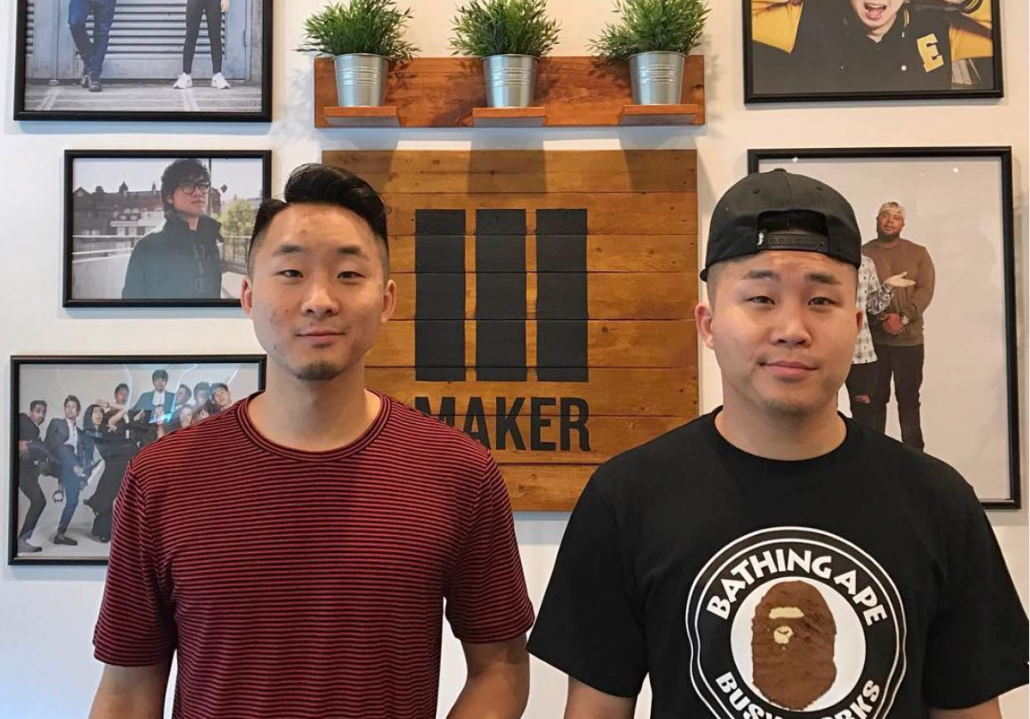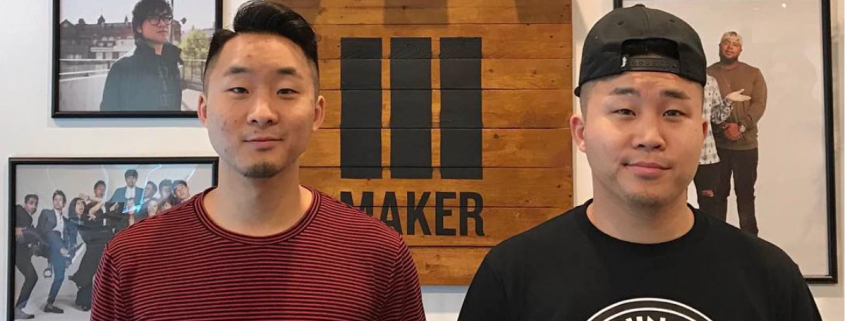Soft Power: Chinese American culture is alive and thriving in Los Angeles

“So what we hang out / so what we drink tea,” sings the YouTuber duo Fung Brothers in their iconic music video “The 626.” “We just eating good / In the SGV.”
When I applied to USC as a transfer student, I watched YouTube videos about Los Angeles and the city’s surrounding areas, mainly the fun music videos by the Fung Brothers. Many of those included videos about the San Gabriel Valley (also known as the SGV), such as “The 626” or Al Jazeera’s “Inside the Chinese Food Mecca of Los Angeles.”
I’ve visited the SGV frequently throughout my life, as I have family members who live there. Yet, those videos that pay homage to the Chinese American food culture that defines it visually expressed a community that I’d subconsciously wanted in my college experience: a true “home away from home.”
As a Chinese American who grew up in the Bay Area, it’s safe to say that Asian food and culture is more than merely familiar to me — as many Asian Americans say, it’s a fundamental part of the home. During my first year of college, I discovered that Asian food was scarce in the predominantly white college town I lived in.
I ended up visiting the same Korean restaurant so many times I didn’t even have to say my order anymore — the staff members knew it by heart. For a sad and lonely college soul, that consumption of food reaffirmed my connection to others.
At USC, I envisioned immersing myself in the Chinese American culture of nearby L.A. I imagined myself on weekends strolling through the 99 Ranch Market in Arcadia or visiting Factory Tea Bar, that boba place in San Gabriel that the Fung Brothers visited in “The 626.” I wanted to watch Asian singers and rappers such as Jason Chen and MC Jin perform at the 626 Night Market and eat my favorite Chongqing noodles at the acclaimed Chinese restaurant Mian, all within the SGV.
“You can’t do all of that by yourself,” my mother told me.
It seems silly now. At that time, I think I’d perhaps underestimated the amount of time it would take to travel to most parts of the SGV from the USC campus. I’d also read about how difficult it was to make friends as a transfer student, and I’d predicted I would most likely be hailing afternoon Ubers to the SGV alone (which now that I think about it, still feels a bit sad).
Yet, I also knew that I needed to be around the Chinese food and culture I’d grown up with not just to prevent feeling lonely but to truly feel at home.
That idea of home is why the SGV holds such a personal and symbolic significance. Videos like “The 626” or “Bobalife” demonstrate the vitality of the Chinese communities that have made the SGV home. Maybe that’s a testament to the importance of Asian YouTubers and storytellers creating their own platforms. Maybe it’s just about the power inherent in seeing the culture that has shaped you in its own distinct cultural community.
I guess I think about the SGV in a sort of “Legally Blonde” Elle Woods-esque way, that food forms connections and connections are what make people happy. It’s something I said was essential to understanding me in the USC application, that I love sharing meals with others because it means sharing happiness.
Of course, now that I’ve taken classes on the politics of Asian American history and identity, I admit that I’m a bit more skeptical of thinking about SGV culture as simply noodles and bubble tea. I also believe that there’s a widespread tendency to value immigrants’ food and cultural products more than immigrants themselves. Thus, I want to think about the Chinese American diaspora more critically and beyond its elements that are so prominent in popular culture.
At the same time, food and its familiarity are why a term like “comfort food” exists. There’s a reason why Asian Americans who are writing about Asian American identity so often turn to food. There’s a reason why fun videos about the food culture of the SGV can resonate with so many on a deeper, more serious level, and why even visual cues like dim sum carts and B-roll footage of blocks upon blocks of Chinese-language plazas and Chinese restaurants have so much meaning.
As the online semester begins to wrap up this week, it’s hit me that I only have two years left as an undergraduate. I’ve started reflecting more on what I want from college and L.A. as a whole, but it’s difficult to articulate the academic or social goals I have, if any. Maybe I’ll spend a lot of time in the SGV. Maybe I won’t.
Regardless, I do know I want to spend the rest of my time at USC feeling at home. That comes first and foremost from “eating good.” Yet, maybe it’s not really about the food at all, but about the connections it represents, which to me, are really just about being happy.
Valerie Wu is a sophomore writing about the arts and pop culture in relation to her Chinese American identity. Her column, “Soft Power,” runs every other Monday.

